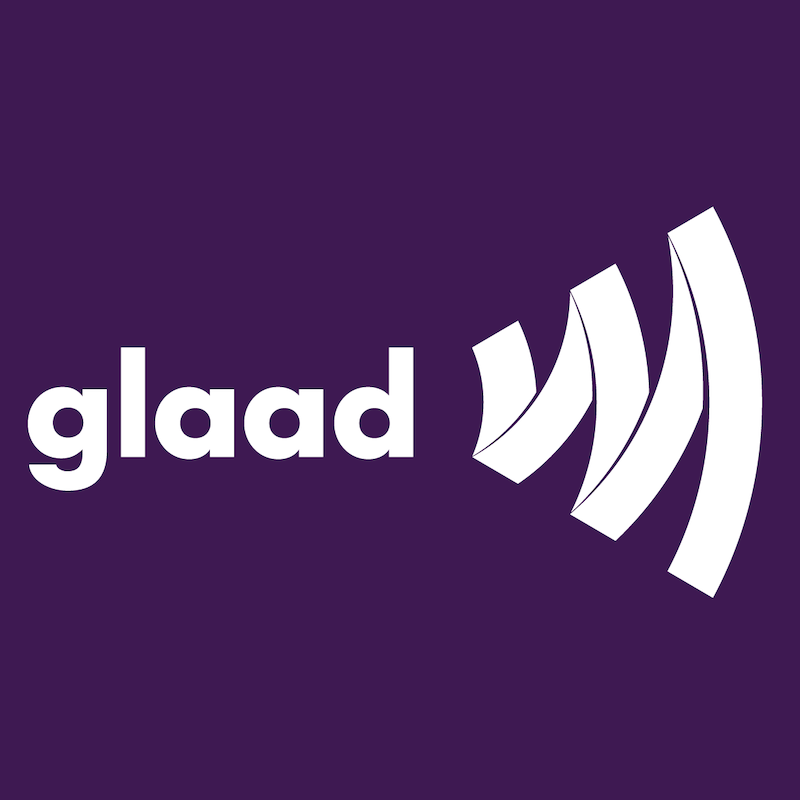New report on LGBTQ representation in film reveals promising news

The media monitoring organization GLAAD recently released the 2019 edition of their Studio Responsibility Index, an annual report that since 2012 has assessed the inclusion of LGBTQ characters in movies recently released by the seven major studios. This year’s index found that of 110 films released in 2018, 20 (or 18.2 percent) of them included LGBTQ characters, the second-highest percentage on record. None of these characters, however, were transgender or non-binary.
“The successful releases of films including Love, Simon, Deadpool 2 and Blockers, brought fresh LGBTQ stories to audiences around the world and have raised the bar for LGBTQ inclusion in film,” said Sarah Kate Ellis, GLAAD President and CEO, in a statement. “While the film industry should include more stories of LGBTQ people of color and transgender people, studios are finally addressing the calls from LGBTQ people and allies around the world who want to see more diversity in films.”
In its 2017 report, GLAAD called on major studios to increase LGBTQ representation in their films, specifically asking studios to ensure that 20 percent of their films included LGBTQ characters by 2021, and 50 percent of their films included LGBTQ characters by 2024. In 2018, four studios met or exceeded the 2021 goal. Forty percent of the films released by 20th Century Fox included an LGBTQ character, the highest of any studio, followed by Universal with 30 percent of films. Walt Disney was the least inclusive studio, with zero LGBT characters in any release, followed by Lionsgate with one LGBT-inclusive film.
Importantly, though, even of the films released last year that included LGBTQ characters, not all of these characters had a substantive role in the plot. In fact, in half of the movies, the LGBTQ characters had less than ten minutes of screen-time. Moreover, the LGBTQ characters that did appear in films were not particularly diverse. Less than half (42 percent) of the characters were people of color, and only three of the 20 films (15 percent) included a bisexual character. For the first time, however, an equal number of films (11) included gay and lesbian characters.
In addition to assessing the number of LGBTQ characters in each major release, GLAAD also evaluates how many of these films passed the Vito Russo test, which asseses how LGBTQ characters are represented on screen. In order for a film to pass the Vito Russo test, it must meet three criteria: (1) the film must contain a character that is identifiably LGBTQ (2) that character must not be “solely or predominantly” defined by their LGBTQ status and (3) the character “must be tied into the plot in such a way that their removal would have a significant effect.” A significant majority (65 percent) of the 20 films identified by GLAAD passed the Vito Russo test, the highest percentage of any year thus far.
In perhaps its most significant finding, GLAAD determined that not a single trans character appeared in the 110 feature films released in 2018. Trans underrepresentation in film is an issue the organization has tried to address in the past. In 2018, GLAAD, along with a number of trans-led organizations, film studios, and talent agencies released a letter calling for change.
“We believe that we are at an unprecedented cultural moment — a moment when we can ask Hollywood to use its power to improve the lives of trans people by changing America’s understanding about who trans people are,” the letter reads in part. “We want to help you tell our rich and diverse stories, and we need your help to do it.”
More articles by Category: LGBTQIA, Media
More articles by Tag: Discrimination, Equality, Film



























